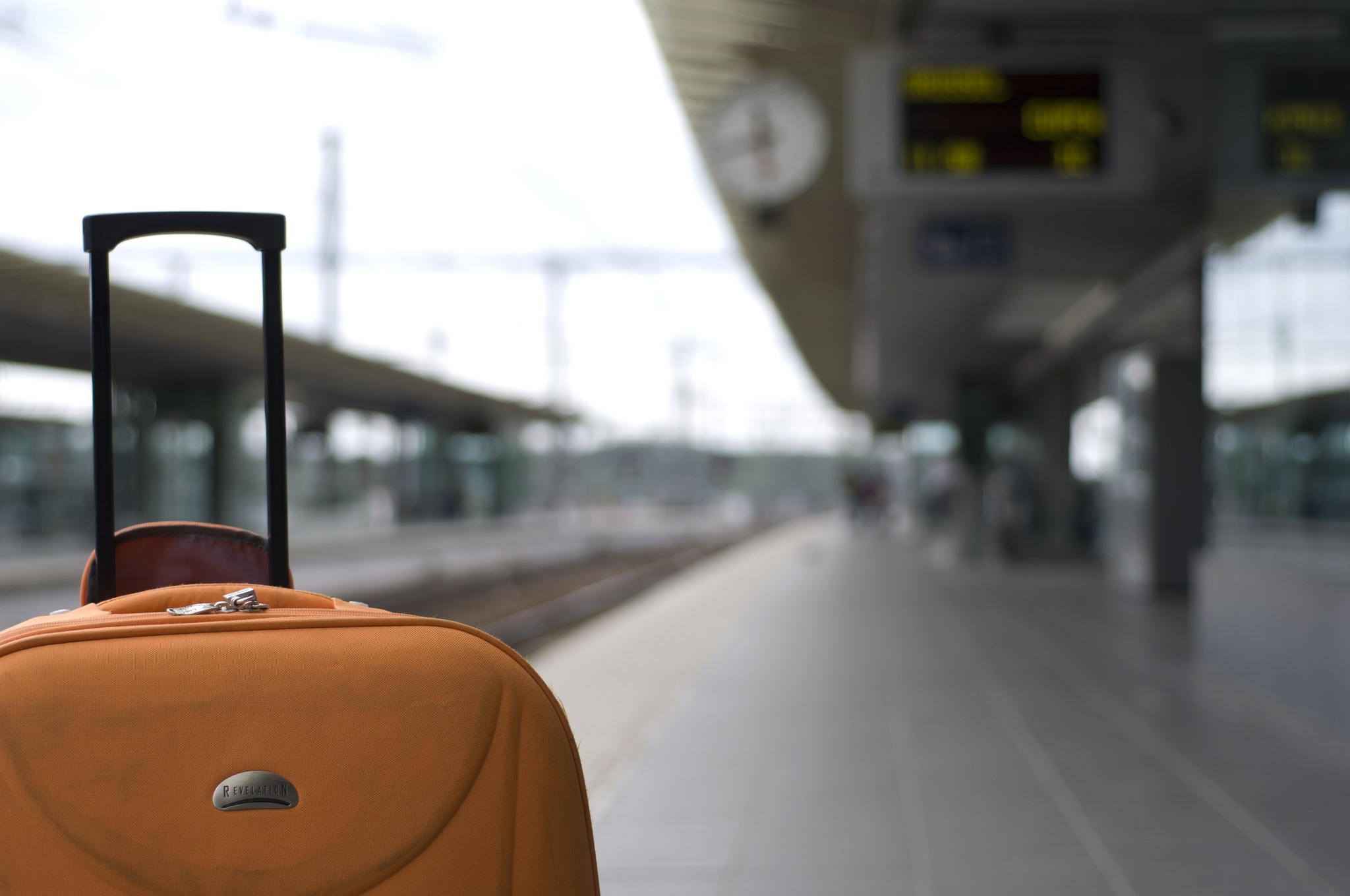Navigating NYC’s Public Transit with Luggage
Traveling through New York City can be an exhilarating experience, but it can also be daunting, especially when you’re lugging around heavy bags. Whether you’re a tourist or a local, understanding how to manage your luggage on NYC’s public transit can make your journey smoother and more enjoyable. Here are some practical tips to help you navigate the city’s buses and subways with ease.
Choosing the Right Time to Travel
Timing is everything when it comes to traveling with luggage on NYC’s public transit. The city’s buses and subways are busiest during rush hours, typically from 7:00 AM to 9:00 AM and 4:00 PM to 6:00 PM on weekdays. If possible, plan your travel outside these peak times to avoid crowded trains and buses. Early mornings, late evenings, and weekends are generally less crowded, making it easier to find space for your bags and reducing the stress of navigating through throngs of commuters.
Packing Smart and Light
When traveling with luggage, less is more. Opt for a suitcase or backpack that is easy to carry and maneuver. Consider using luggage with wheels for easier navigation through stations and platforms. Pack only what you need and try to distribute the weight evenly to avoid straining yourself. If you have multiple bags, consider consolidating them into one larger bag to minimize the number of items you need to manage. Remember, the lighter your load, the easier your journey will be.
Navigating Stations and Platforms
NYC’s subway stations can be complex, with multiple levels and numerous exits. Before you travel, familiarize yourself with the layout of the stations you’ll be using. Many stations have elevators and escalators, but not all of them are operational or conveniently located. Use apps like Google Maps or the MTA’s official app to check for elevator availability and plan your route accordingly. When on the platform, stand clear of the yellow safety line and be mindful of your luggage, ensuring it doesn’t obstruct other passengers.
Boarding and Exiting Trains and Buses
When boarding a train or bus, allow other passengers to exit first. This not only helps with the flow of traffic but also gives you more space to maneuver your luggage. Once on board, try to position your bags out of the way, either under your seat or in front of you. On buses, use the luggage racks if available. Be courteous to fellow passengers by keeping your bags from blocking aisles or taking up extra seats. When exiting, prepare in advance by moving towards the door as your stop approaches, ensuring a smooth and timely departure.
